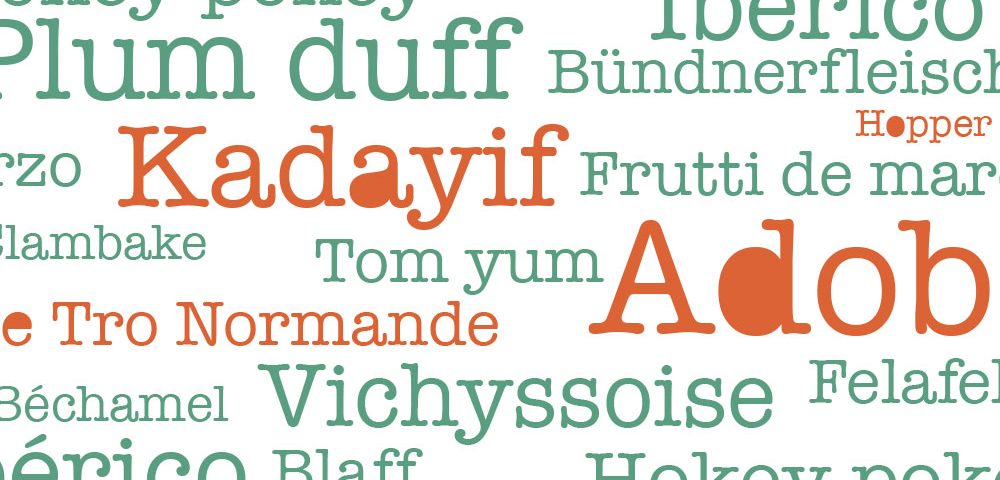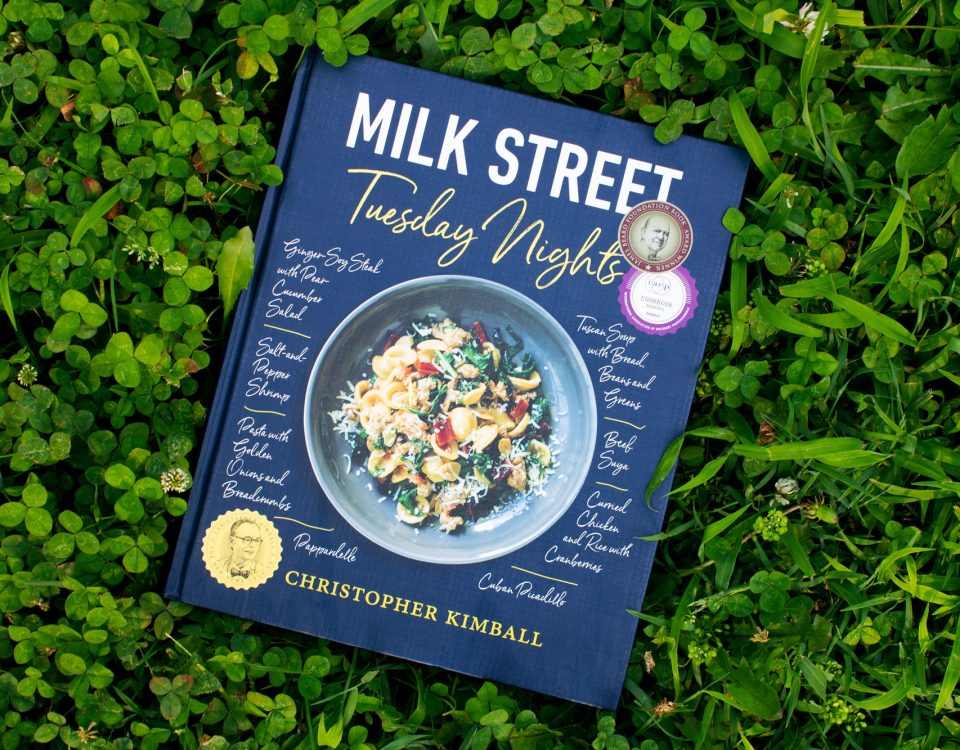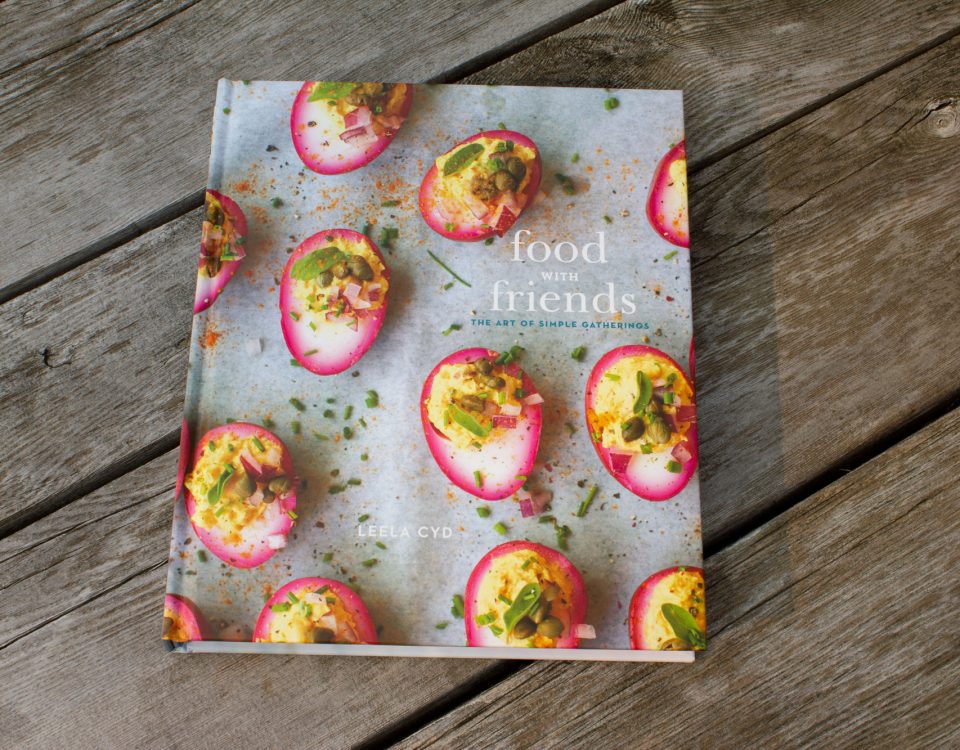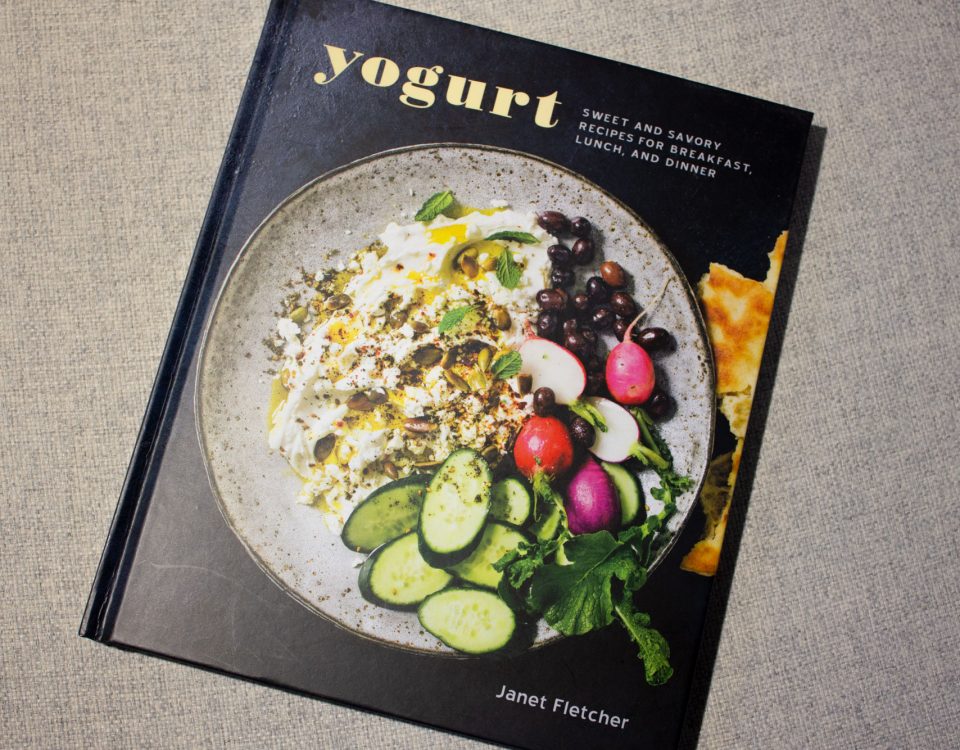
Straight Up Tasty
November 23, 2015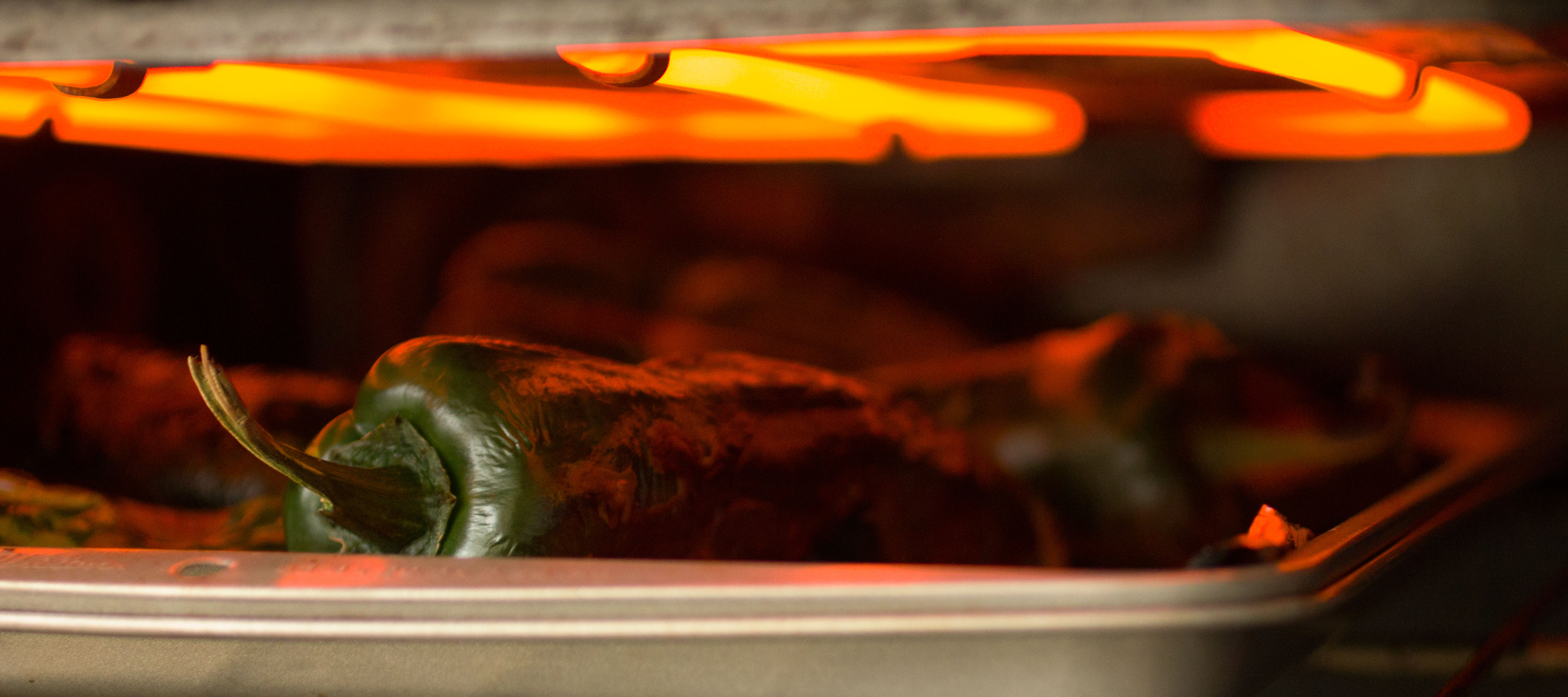
The Chili Cookbook
December 15, 2015Decoding Menus From Around the World
The Fearless Gourmet is an epic journey for food lovers. Norman Koplas takes the reader along the highways and byways of the major food regions: European, African, Middle Eastern, Asia and The Americas. Organized by cuisine, Kolpas gives the low down on all the intricacies of cooking and dining. Wander through the markets of the world and discover how the Spanish cure use saffron, the Moroccans eat Bastilla, the Italians use different kinds of pasta in the pasta shape glossary and the Chinese serve and season dim sum. Understand the nuisances of fish sauce in different Asian countries; learn the history of Churrascarias in Brazil, and in Hawaii discover how to choose fish like the locals and prepare lomi lomi or poke. With The Fearless Gourmet at hand you will be able to order like a true gourmet whilst observing all the keen details of dining etiquette. Highly informative, and amusing, here is the answer to everything you ever wanted to know about food, but were too afraid to ask.
TSG Review
Unlike most of my book reviews this is no recipe book. It is more of a travel guide book for food dishes. A way to know what that strange menu item is before you order it when the menu is not written in your native tounge. It is laid out like a dictionary with the name of the dish and it’s description, alphabetically, by regions. More of a resource tool than something meant to be read from cover to cover. I myself have already used it to figure out dishes I would be interested in trying at Vietnamese and Turkish restaurants. For example, Banh mi (a Vietnamese sub-sandwich) and Börek ( Turned out to be a Turkish pastry version of an egg roll with feta cheese and/or meat). Thanks to the book they were both fantastic and I doubt I would have tried them otherwise. I would have gone with the dishes I was familiar with like I always do. His descriptions are well written and make you want to try each meal you read about. Besides the food descriptions, the book is interspersed with tales of the countries, people, dishes, and ingredients in fun little snippets.
The only complaint I can give the book is that it would have been nice to have the pronunciations for all of the dishes because I am certain I was saying the two examples above incorrectly due to the questioning look from my waiters. He included it is a few of the descriptions and where available, they are helpful. After all you will most likely have to speak what dish you would like at the restaurant. Nobody wants to be the menu pointer guy. (Um yes, I’ll have this.) Although it doesn’t have every item you would see on all those menus it does have the more popular ones so you will never again have to sit at a Greek restaurant and pronounce, I”l have a gyro…unless of course that’s what you want…they happen to be really good.
Here are a few excerpts from the book.
France
Crudités
An assortment of fresh seasonal vegetables served in all their glorious rawness (to which the names refers), usually accompanied with a vinaigrette or other dressing for dipping, or just course salt.
Japan
Menrui
The Japanese culinary category covering all noodle-based dishes.
Canada
Poutine
A beloved French-Canadian comfort food, poutine (pronounced “poo-tseen”) in based on thick-cut French fries cooked in lard, then topped with a thick, dark chicken gravy seasoned with vinegar and black pepper and, lastly, fresh curds from Cheddar cheese.
South America
Matambre
This Favorite Argentine appetizer does indeed “kill the hunger” as its name suggests. To make it, a thin sheet of flank steak is rolled up snugly around a filling that includes spinach, carrots, onion, peppers, garlic, bacon, and hard cooked eggs, then tied, poached, and cooled. Cut crosswise into slices that reveal its mosaic-like colorful pattern, it is typically served with chimichurri.
I would have liked this book more if it had the phonetic pronunciations for all the dishes.

